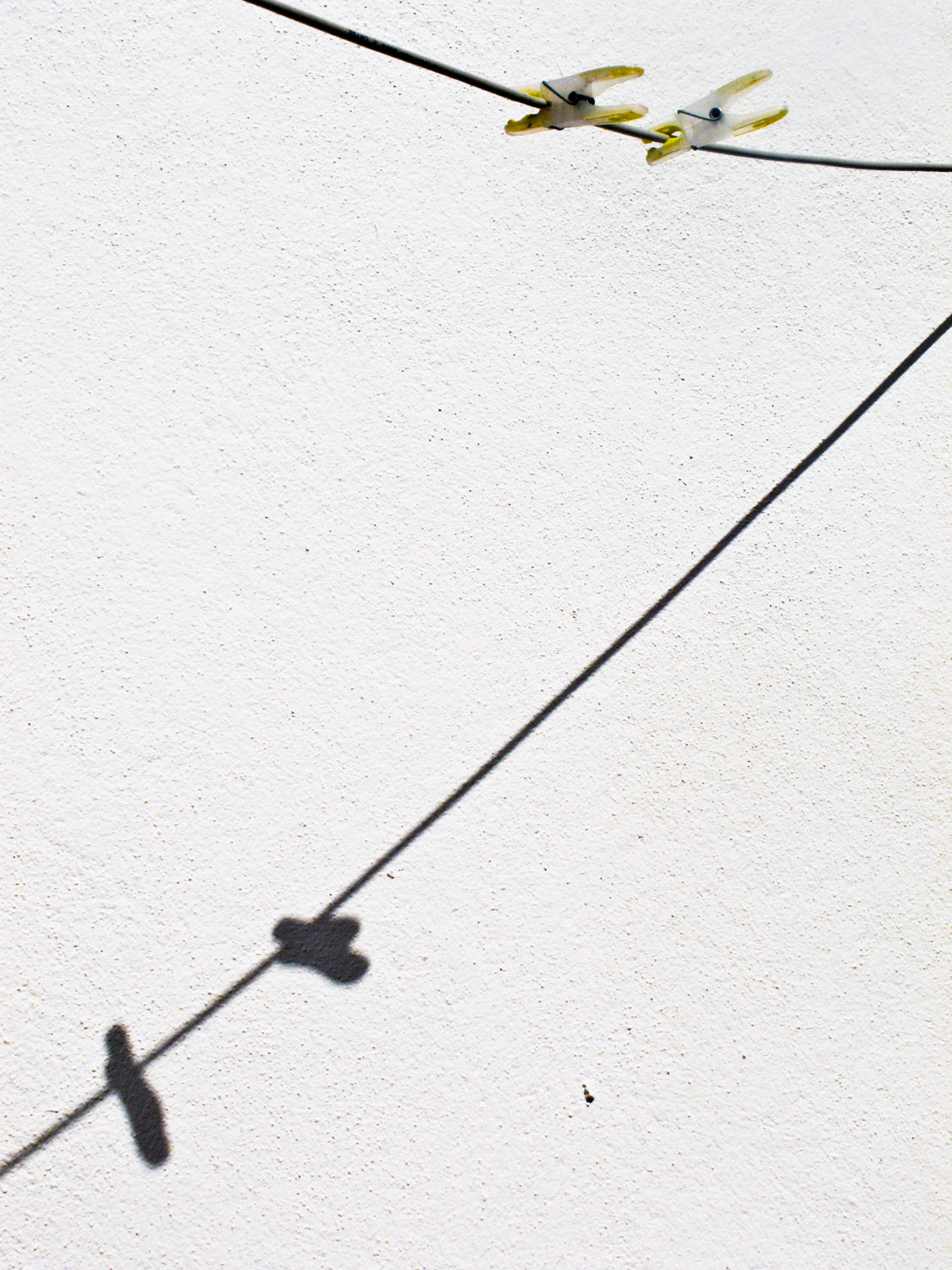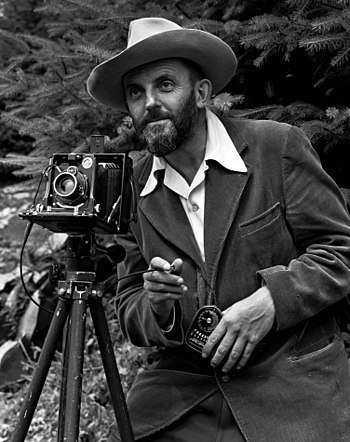Can A Motorway Be Beautiful?
In the late 1950s when I was about eight years old one of my schoolmates invited me to his birthday party. We were all to meet in town and then, as a birthday treat, we were going to pile into his dad’s brand new Austin A40 for a spin on the M1 motorway. None of us had ever been on a motorway before: the first section of the country’s first motorway had just been opened and its futuristic styles seemed to proclaim exciting times ahead.
Innocent days. We raced along this empty piece of blacktop at dizzyingly high speeds - at times exceeding 50mph! I had no idea where we were or where the motorway went but I was deeply impressed by the ride. I got more experience of the country’s developing road system when my parents bought a car and our visits to my grandparents in County Durham now took us up the M1 and the A1 rather than British Railway’s east coast line. Eventually the tedium of bypasses and bottlenecks took over and my adolescent self stopped paying much attention to these new road routes.
I rediscovered my interest though in a long motorcycling career when I got older. Motorcyclists tend to sneer at motorways but I found – and still find – an empty motorway to be very atmospheric. There is some sort of latent potential in it. I was once in Glasgow late on a Sunday afternoon and I had to get back to London. I decided to do it in one hit straight down the M6 and then the M1. It was one of the great rides of my life. Inside your crash helmet you are the world. You lean on the handlebars and at times it seems as if it is you who are still and the world which is moving. There is nothing but the darkness, the rush of the wind, the boom of the silencers and the silvery chatter of the valvegear.
Since I lived near Hull for nearly 30 years I travelled the M62 very often and always enjoyed it once past Leeds heading eastwards. The heavy cross-Pennine traffic dies away, the land flattens out, the skies get bigger and there’s this impression of leaving things behind and racing towards some greater spaciousness.
Imagine my pleasure then when I picked up a recent issue of The Modernist Magazine – Number 30 with its theme of Infrastructure – and found amongst the trig pillars, dams, telecommunication transmitters, cooling towers and signalboxes a lovely photo-essay on the M62 motorway by Kevin Crooks.
I’m not a big fan of what we might generally call conventional Landscape Photography: it always seems to have something of the postcard about it. I guess it might be seen as part of the Romantic tradition in its tendency to elevate the picturesque and the ideal over the real. Kevin’s images of the M62 slicing through the Pennines though, centre on what is there rather than what we might wish were there.
Civilisation requires order and a motorway is part of that. Nature requires order of a different kind and the Pennines are part of that. In these photographs the two sit together and we can contemplate them in a kind of peaceful coexistence. It is rare after all that we see motorway as a still rather than moving point. When you are driving along one it is second after second, minute after minute and hour after hour of unbroken speed and concentration. To look at the M62 from the perspective of these photos might be likened to contemplating the ocean after a near-drowning experience.
In The Modernist there is an accompanying essay by Kevin which gives some insights into what he was trying to express with this photographic series. . As he points out, it is easy to see the negative aspects of motorway travel – the noise, pollution and congestion – but there is more than that. He was trying to bring out the grandeur of the setting, the beauty of the built form, the sensitivity of the road engineers to the environment and the changing weather patterns. You can see the full series on his website http://kevincrooks.co.uk/ The magnificent setting of the motorway does of course help but in the end it is the melding of the manmade and the natural which gives the series its focal point. Is it pure fancy to say that you come away with a renewed internal stillness?
One day, doubtless, road travel of this kind will be history and these motorways will lie empty and still. Future generations will wonder what to do with them as we now contemplate uses for derelict industrial land. The Pennines will shrug.
This is a long way from 1959 and one newly opened stretch of the M1 but Kevin’s photographs remind us, I think, of how infrastructure of this kind is not purely utilitarian but has a drama of its own – part history, part technology and part human endeavour – which is easily overlooked. Still, I go back and think of my eight-year old self, holding my breath as the speedometer needle crept towards 50 miles an hour, the landscape flashed past, and the future approached.
All photographs ©Kevin Crooks from the series “M62: The Trans-Pennine Motorway”. I’m very grateful to him for letting me reproduce them here. The full series is also available from Kevin in book form with the images offset by lovely small pieces of text by John Davies.
The Modernist Magazine is a quarterly cornucopia of interesting architectural and design subjects.








































